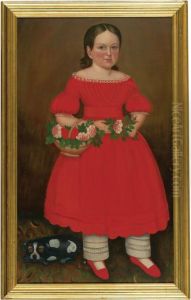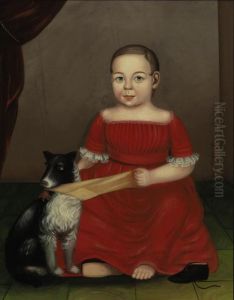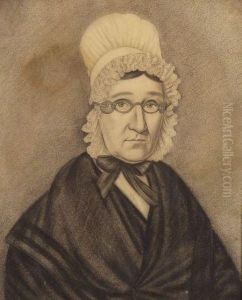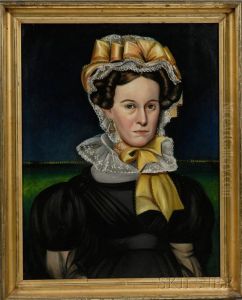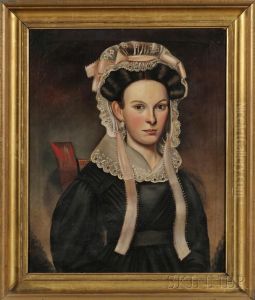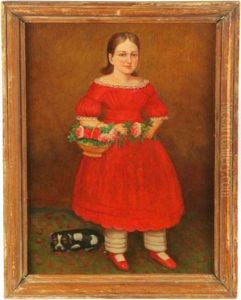Milton William Hopkins Paintings
Milton William Hopkins was an American painter born on October 28, 1789, in Pittsfield, Massachusetts. Not as widely known as some of his contemporaries, Hopkins nevertheless played a role in the artistic landscape of early 19th-century America. His life and career were modest, and he is often associated with the style of his more famous cousin, the prominent portraitist Ammi Phillips.
Hopkins’s early years are not thoroughly documented, but it is known that he worked mostly in Connecticut and New York. His style is characterized by the simplicity and directness typical of American folk art of the period. This is evident in his portraits, which feature subjects often posed against plain or lightly detailed backgrounds, with attention to the details of their dress and aspects of their personal identities.
By the 1820s, Hopkins had established himself as a portrait painter. During this period, it was common for artists to travel from town to town seeking commissions from wealthy patrons, and Hopkins likely engaged in this itinerant lifestyle. His portraits were mostly of middle-class Americans, suggesting he had a broad appeal and was accessible to a range of clients.
Despite his active role as a portraitist, Hopkins faced competition from the proliferation of itinerant artists and the emerging popularity of photography, which challenged the traditional role of portrait painters. Hopkins's work, predominately executed in oil on canvas or panel, maintained a consistent quality, and his sitters are often depicted with a reserved demeanor and a focus on capturing their individual personalities.
Hopkins’s death on February 5, 1844, in Honeoye Falls, New York, marked the end of a career that had contributed to the rich tapestry of American portraiture. His works are a testament to the early American spirit and provide insights into the cultural and social dynamics of the era. While not as celebrated as some of his peers, Hopkins's paintings are appreciated by historians and collectors for their charm and historical value. They can be found in various regional museums and in private collections, continuing to offer a window into the past and the evolution of American art.
